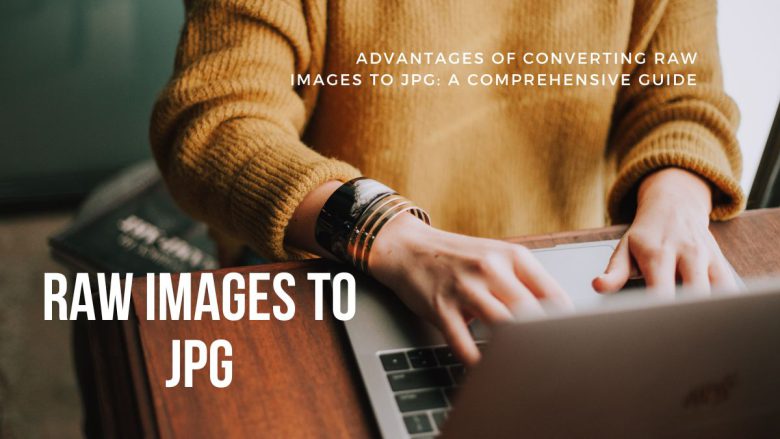
In digital photography, the RAW vs. JPEG debate has long been a topic of discussion. This is true for both pros and amateurs. Raw files offer unmatched inflexibility and image quality. But converting them to JPG has many advantages that can’t be overlooked. This companion is comprehensive. We dive into the benefits of changing raw images to JPG. We explore how this change can make workflows smoother. It will improve availability and sharing. We also introduce FileProInfo Raw to JPG Converter. It is an important tool to make this conversion easy.
1. Streamlined Workflow:
Converting raw images to JPG format speeds up workflows. It makes image editing better and easier to do. RAW files have technical software and processing. But JPG files are widely honored and work with many biases and operations. Shutterbugs can convert raw images to JPG. This reduces the time and money needed to edit and share their prints.
2. Enhanced Accessibility:
Converting raw images to JPEG has many benefits. One is the greater availability of the performing files. Raw files are personal. They often need special software for viewing and editing. In contrast, JPG files can be opened and viewed on nearly any device. No fresh software or plugins are needed. This availability ensures that photographers can share their images easily. They can share with guests, collaborators, and fans on any platform. This is true regardless of their skills or gear.
3. Optimized Image Sharing:
Converting raw images to JPEG is key. It optimizes sharing and distribution on colorful online platforms and social media. JPG files are very light and work with many things. They are great for online sharing and publication. In contrast, RAW files are large and may not work on some platforms. Converting raw images to JPEG lets photographers reach a broader audience. It makes their work appear directly and constantly on many platforms.
4. Reduced Storage Requirements:
Another advantage of converting raw images to JPEG is the reduction in storage needs. Raw files keep lots of data and stay uncompressed. They use larger train sizes than JPEG files. By changing raw images to JPG, photographers can save space on their disks. This lets them store more images without hurting quality or speed.
5. Compatibility with Printing Services:
You must convert raw images to JPG format. This is essential for printing services and print labs. Some printing services may accept raw files for printing. But most prefer JPG files. They like JPGs because they have a standard format and work with printing software and gear. Convert raw images to JPG before submitting them for printing. This ensures flawless consistency and print quality. It results in professional-looking prints that represent their vision and style.
Read Beyond JPEG and PNG: Lesser-Known Image Formats Worth Exploring.
Conclusion:
In conclusion, converting raw images to JPG format has clear benefits. It offers streamlined workflows and better availability. It reduces storage needs and works well with printers. Shutterbugs can use FileProInfo RAW to JPEG Converter to turn their RAW images into JPGs. It unleashes unmatched ease and power in their digital photography workflows. The choice to convert raw images to JPG is strategic. It is driven by the need to maximize their availability and effectiveness. This is key in the digital age.


